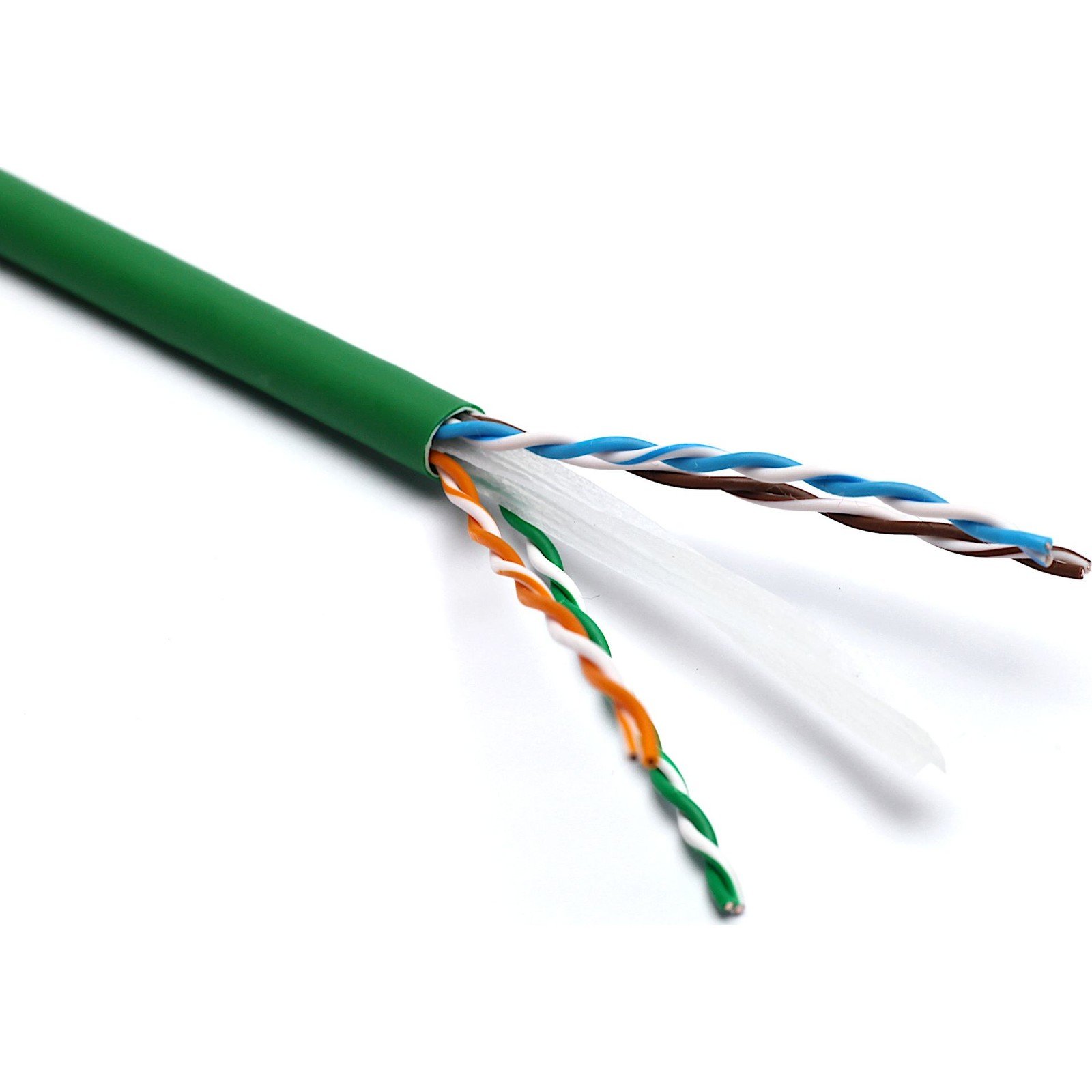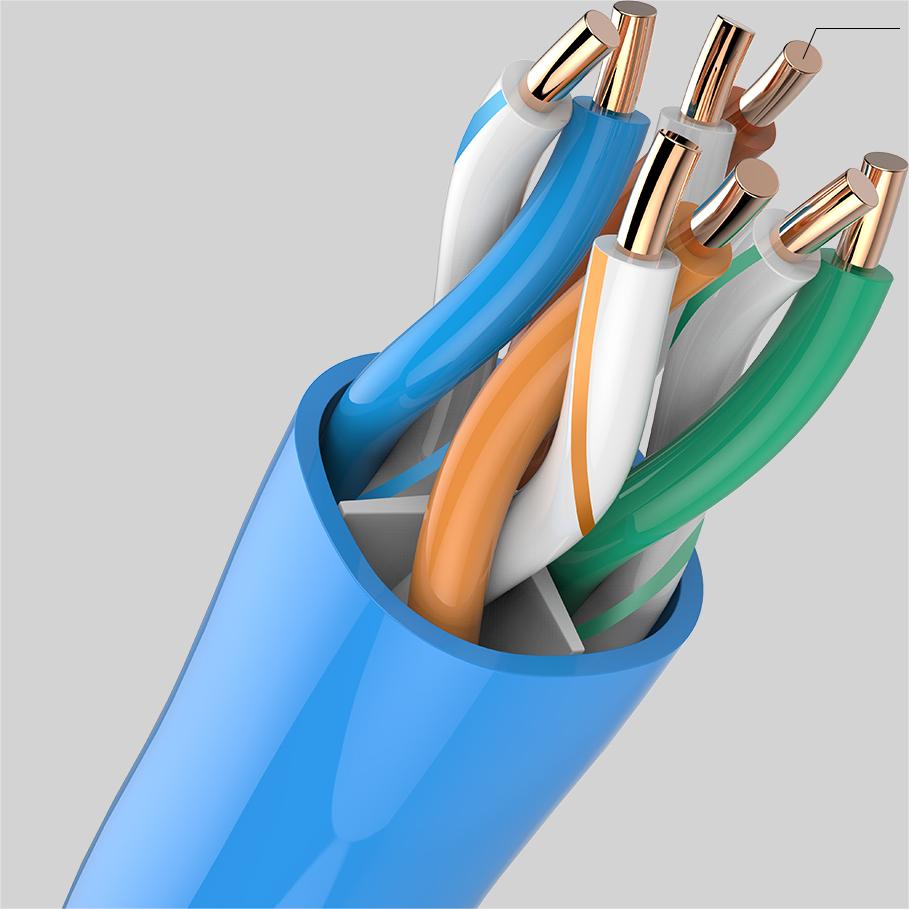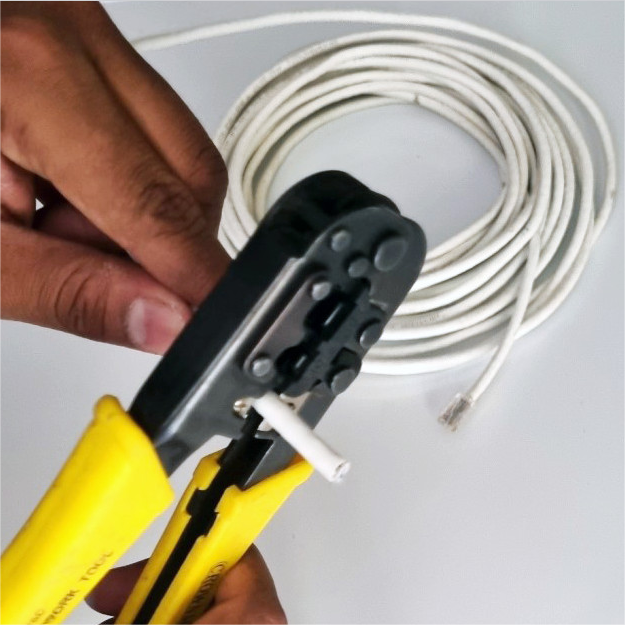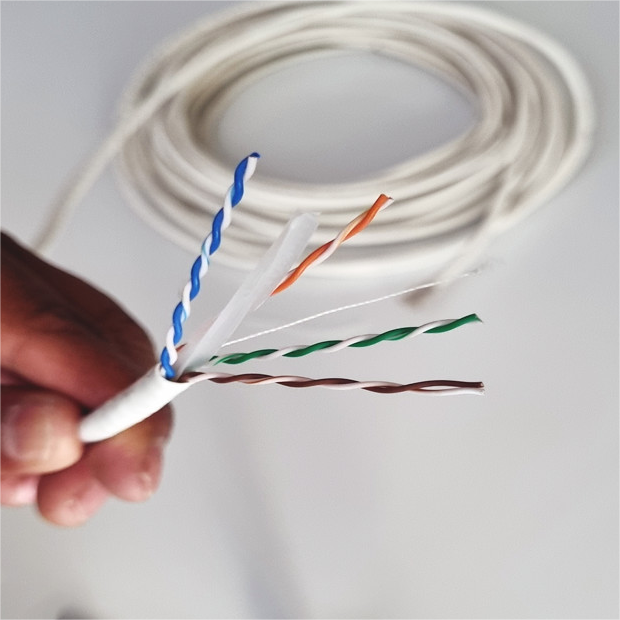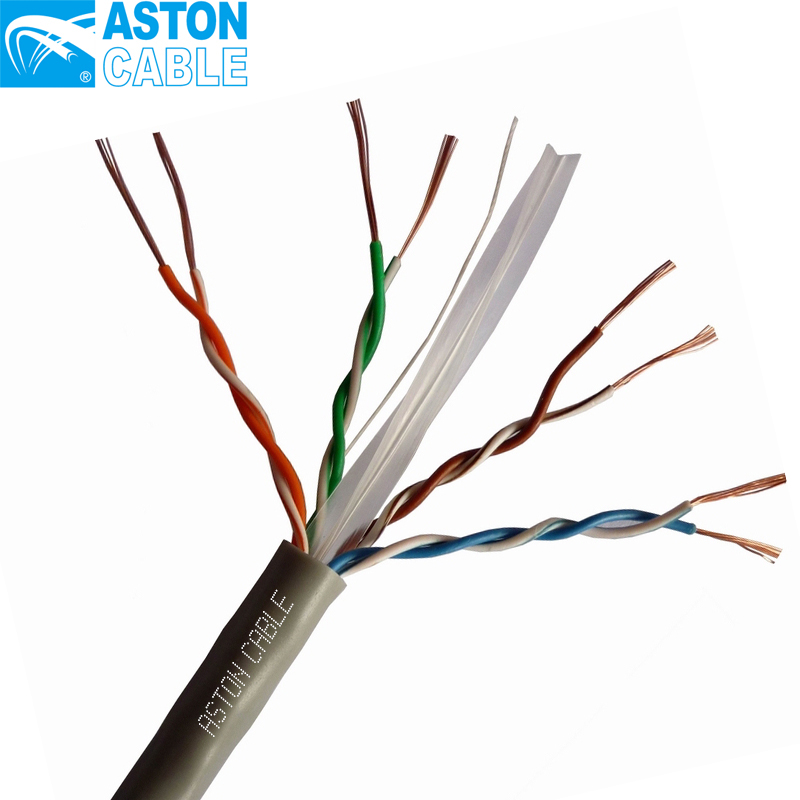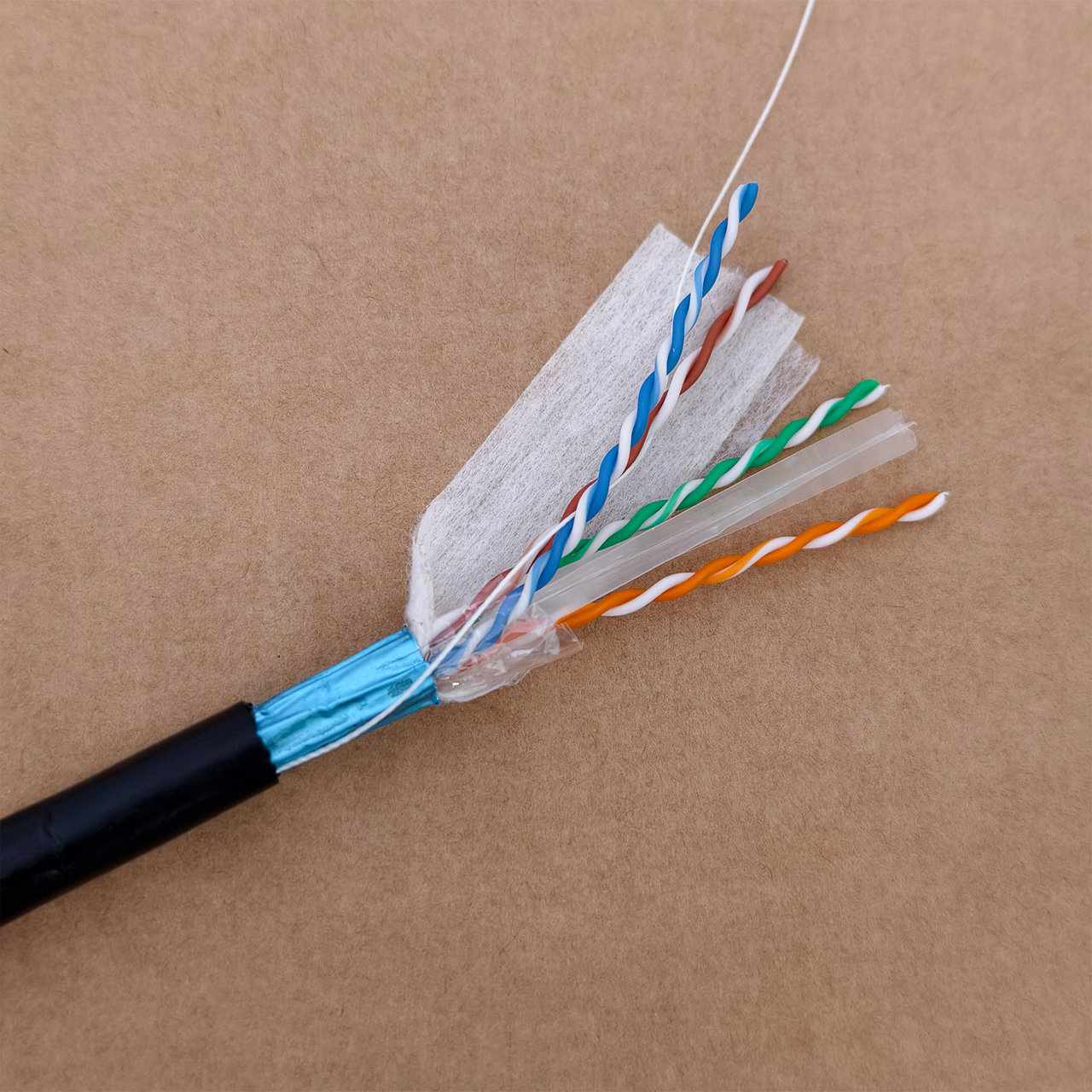Product Main Parameters
| Parameter | Specification |
|---|---|
| Conductor | 23AWG Bare Copper |
| Jacket | PVC, LSZH, PE |
| Shielding | Aluminum/Polyester, Foil 110% |
| 2nd Shielding | 65% AL Braiding |
| Frequency | 250 MHz |
Common Product Specifications
| Specification | Details |
|---|---|
| Color | Customized |
| Logo | OEM |
| Industrial Use | Network data |
| Manufacturing Location | Hangzhou, Zhejiang |
Product Manufacturing Process
The manufacturing of flexible control cables involves precise engineering to balance durability and flexibility. The process starts with selecting high-quality, fine-stranded copper, which is essential for both conductivity and flexibility. Insulating materials such as PVC, PUR, or TPE are chosen based on environmental and mechanical requirements, ensuring resistance to various stressors. Conductors are bundled and shielded with aluminum or copper braided materials to minimize interference and maintain signal integrity. The outer sheath, crucial for protection against physical and environmental hazards, is applied last. This rigorous process, validated against industry standards, guarantees a cable that performs reliably under continual movement and stress.
Product Application Scenarios
Flexible control cables are vital in dynamic industrial settings, offering reliable performance where movement and mechanical stress are prevalent. In robotics, they provide power and control signal transmission to moving components, ensuring seamless operation. Similarly, in automotive applications, these cables are integral in vehicles' wiring systems, where flexibility and durability are crucial. Their use extends to automated production lines and conveyor systems in logistics, as well as renewable energy setups like wind turbines, where they manage constant motion. These applications demand cables that can withstand harsh environments and mechanical demands, making flexible control cables indispensable.
Product After-Sales Service
- Comprehensive warranty coverage for manufacturing defects.
- Technical support accessible via multiple channels for troubleshooting.
- Guidance on installation and maintenance available through service centers.
Product Transportation
- Ensured safe and secure packaging for transit durability.
- Option for expedited shipping to meet urgent demands.
- Tracking services provided with all shipments for real-time updates.
Product Advantages
- High flexibility to endure repeated bending.
- Excellent shielding to prevent electromagnetic interference.
- Enhanced durability for extended lifespan in industrial applications.
Product FAQ
- What are the key benefits of using flexible control cable in industrial applications? Flexible control cable provides durability and reliable performance in dynamic environments where standard cables might fail due to mechanical stress.
- How does flexible control cable minimize electromagnetic interference? The cables are designed with shielding materials like aluminum or braided copper, which prevent external noise from affecting the cable's operation, ensuring signal integrity.
- What makes flexible control cable suitable for automated machinery? Their flexibility and durable construction allow them to withstand the continual movement and bending involved in automated machinery operation.
- Can flexible control cables be used in outdoor applications? Yes, provided they have appropriate insulation and sheathing materials to resist environmental factors like moisture and UV radiation.
- What standards do flexible control cables comply with for safety and performance? They typically comply with IEC standards, ensuring high quality in flexibility, durability, and performance.
- How should flexible control cables be stored to maintain their quality? They should be stored in a cool, dry place, away from direct sunlight and corrosive substances, to preserve their integrity.
- What are the main differences between CAT5e and CAT6 flexible control cables? CAT6 cables have higher bandwidth and support faster data transfer rates than CAT5e cables due to their enhanced shielding and construction.
- What is the recommended bending radius for flexible control cables? The bending radius varies, but typically, it is about 12-15 times the cable diameter to prevent damage.
- How can I ensure my flexible control cable is installed correctly? Follow the manufacturer's installation guidelines, which include correct bending radius and support spacing, to ensure optimal performance.
- What environmental factors should be considered when selecting flexible control cable? Consider exposure to temperature extremes, chemicals, and mechanical stress to choose suitable insulation and sheathing materials that match operational conditions.
Product Hot Topics
- The Evolution of Control Cables in Modern Industry Modern industries demand cables that can seamlessly integrate into automated systems and endure harsh conditions without compromising performance. The innovation of flexible control cables has revolutionized this area, offering solutions that endure continual movement and environmental stressors. Their application spans across automation, robotics, and even renewable energy, where they provide reliability and efficiency. As industries evolve, the demand for advanced, durable, and adaptable cable technology continues to grow.
- Why Flexible Control Cables Are Essential for Robotics Robotics involves constant motion and precision, requiring components that can withstand mechanical and environmental challenges. Flexible control cables meet these demands with their design that supports high-speed data and power transmission while enduring repetitive movements. This reliability ensures that robotic systems operate smoothly and efficiently, minimizing downtime and maintenance costs. Flexible control cables remain a cornerstone in the development and operation of cutting-edge robotic technologies.
Image Description

